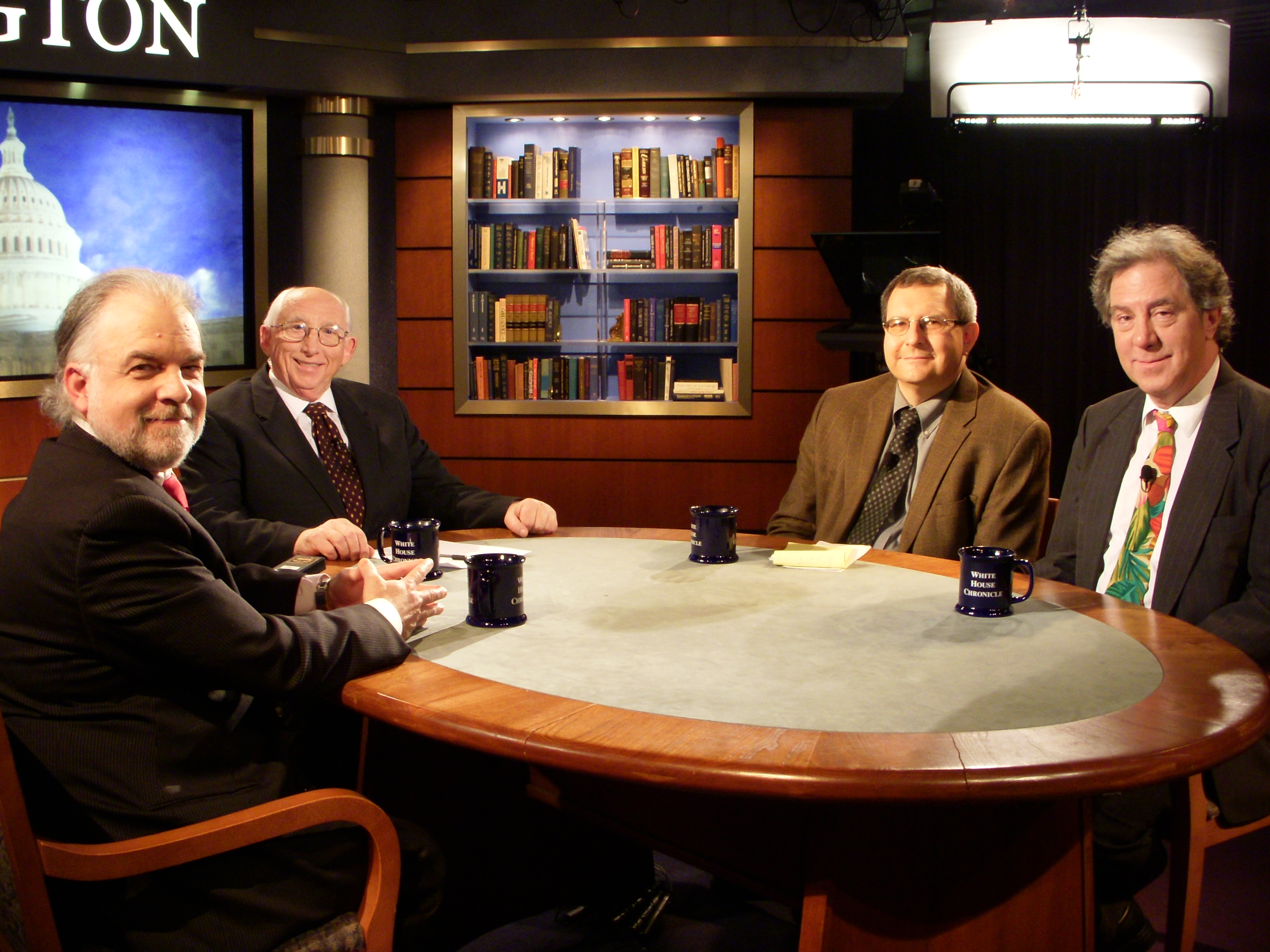Here is a plea: Save the children. Save them from being harassed by the best intentioned and most visible public figures.
Please stop haranguing them about “math and science.” Math and science are not the same thing; related, yes, identical, no.
Math intimidates a lot of children. It intimidates those who do not have an early aptitude for figures. Consequently, many young minds are lost to the glorious world of science because they fear that they must pass through the Valley of the Shadow of Math.
Now if one believes that little Joanne ought to be a high-energy physicist, chasing atomic particles about with an atom smasher, she ought to be encouraged in the study of mathematics. But if little Joanne wants to devote her life to zoology, she should not be scared off by math before she has seen a primate.
Yet that is what we do through the endless exhortation by those who believe that it is only through applied science and mathematics that the United States will continue to retain its leadership and prosperity in this century. Wringing our hands over U.S. students' lagging scores in math and science – always spoken of as though they were the same thing – is now a feature of our national life.
Not a word is heard about how we dominate the world in film, recorded music, franchising, creative uses of information technology (Google, Twitter, Facebook, LinkedIn), oil and gas drilling technology and medical device technology.
Our creative footprint across this world is enormous, and it is not yet being usurped except in areas where inexpensive labor and government indifference to human and environmental costs prevails.
Creativity and curiosity drive science. Math is a discipline of curiosity not of creativity; it is the tool, not the driver. It will tell the inventor, scientist and entrepreneur how to get there, but not where to go. The prescription for the future, coming from many politicians and leaders,including former admirals and generals, is more math and science education linked to a passion for entrepreneurism.
While the passion for a poorly defined concept of the entrepreneur among public intellectuals is white-hot, many of these people do not pass the entrepreneurism test. For example, Arthur Brooks, president of the American Enterprise Institute, and Gen. James Jones, former nationalsecurity adviser.
Lately both men have been at the podiums, preaching about a world of small business and individual risk. But they have not run small companies, bet their homes on startups, nor have run up credit cards to meet payroll. Accomplished men in their own right, they have neither of them walked the entrepreneurial walk, nor have they followed the math and science catechism.
The fact is most engineers need math in some degree, some scientists need a lot of math, but others need surprising little.
Also most people can boost their performance in a subject, if it is important to them to do something they really want to do. People who need math can usually acquire the math ability they need to function where they want to be. That will not make them brilliant mathematicians. They will not opine on string theory or challenge obscure concepts of the nature of matter. But that need not, in the age of computers, keep them from, say, working as ocean geologists.
I was arguably the very worst math student who ever tried addition. But I got better when I started running my own business, and better still when I wanted to fly light airplanes. Truth is I was scared off by teachers with the math and science mantra.
For years, literature teachers have been scaring off students by suggesting that Shakespeare, Tolstoy or James Joyce are difficult to read and good for them. Now these math-and-science preachers are scaring off students from the adventure of science.
For the good of the future, let us stop frightening the children. Math to the left. Science to the right. Converge as needed. — For the Hearst-New York Times Syndicate

 Follow
Follow
Leave a Reply